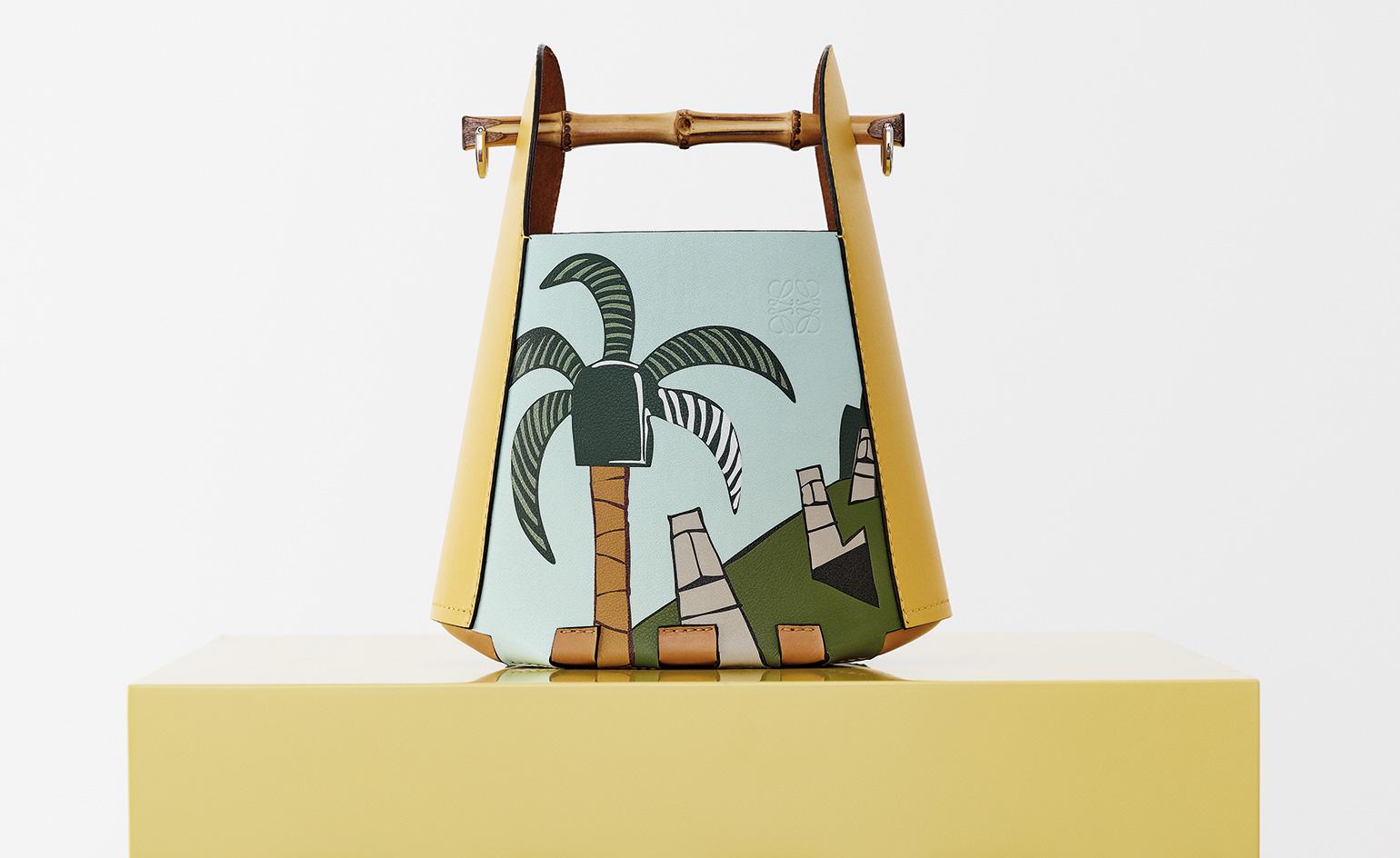The Design Dispatch offers expertly written and essential news from the design world crafted by our dedicated team. Think of it as your cheat sheet for the day in design delivered to your inbox before you’ve had your coffee. Subscribe now.
The Biden-Harris campaign honors Lorraine O’Grady in a video that thanks voters.
In a video thanking voters shortly after being declared the winner of the 2020 U.S. presidential race, the Biden-Harris campaign paid tribute to an iconic Lorraine O’Grady work, Art Is…. In the video, people of various backgrounds hold a golden picture frame to a soundtrack playing “America the Beautiful.” The original artwork, shot during Harlem’s African-American Day Parade in 1983, blurred the line between art and life and subverted the stereotype that Black artists didn’t belong to the avant-garde movement. It’s now celebrated as a seminal work in the history of performance art. Alexander Gray Associates, the New York gallery that represents O’Grady, wrote on Instagram that the Biden-Harris campaign spoke with the artist and gallery before sharing the video. “I gave to them and they gave to me,” says O’Grady, whose work will be the subject of a Brooklyn Museum retrospective next year.
Better late than never? A Berlin airport finally arrives nine years past its projected opening date.
Three decades after it was first conceived in post-reunification Germany, Berlin-Brandenburg Willy Brandt Airport has finally opened to the public. Plagued by corruption scandals, engineering mistakes, and $4 billion in budget overruns, the airport has been a work in progress for 14 years, blowing through six opening dates along the way. The debacle has put a stain on Germany’s sterling reputation of engineering aptitude. “We German engineers are mortified,” says Mr. Lütke Daldrup, a trained engineer and longtime public official who was enlisted to resuscitate the project in 2017. “Germany is known for its engineering competence. We think of ourselves as punctual, efficient, and competent. This was embarrassing for Berlin and for Germany as a whole.”
One effect of the delay: The airport’s design, once considered modern, is now a vestige from the ‘90s (Think check-in counters with light walnut paneling and chocolate-colored suede on gate-side seating). Self check-in and cell phone charging stations, which didn’t exist when the airport was first designed, are even being added last-minute. Perhaps the airport is quintessentially Berlin, says John C. Kornblum, a former U.S. ambassador to Germany. “This airport is an allegory for Berlin itself. It’s charming, irreverent, eccentric—and utterly dysfunctional.”
After more than two years, the legal battle over Robert Indiana’s legacy wraps up.
Where is the LOVE? Certainly not in the legal battle over the late Robert Indiana’s artistic legacy, which has become one of contemporary art history’s most contentious squabbles. After more than two years and $8 million in legal fees, a settlement between James Brannan, the executor of Indiana’s estate, and the artist’s longtime representative, the Morgan Art Foundation (MAF), is finally within reach.
According to a letter filed in court this week by Brannan’s lawyer, both parties “have signed a confidential term sheet setting forth the anticipated terms of a settlement agreement among them,” and have been granted 60 days to figure out the deal. (Brannan has been embroiled in a lawsuit with MAF since he accused them of failing to pay royalties to Indiana, which they deny.) In September, MAF and the Star of Hope Foundation, which Indiana established before his passing, reached a deal to work together to settle the estate, though the terms are confidential. But according to Luke Nikas, the lawyer representing MAF, the deal “resolves every single issue regarding Indiana’s assets” and seeks to have all lawsuits regarding the estate dismissed.

